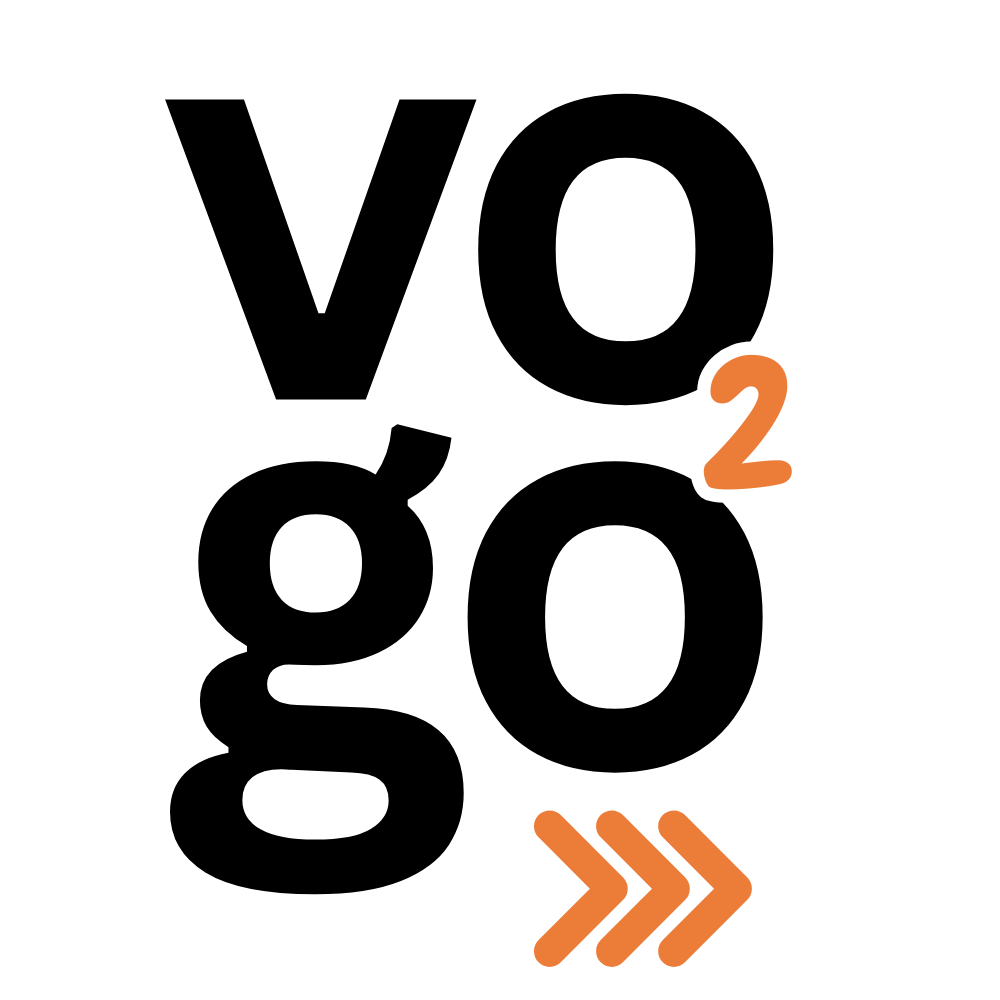You are not the average of all averages.
We know that structured training and individualization are non-negotiable when it comes to optimizing performance and long-term health. Specificity is the engine of adaptation – without it, we’re just guessing. The body responds to targeted stress with targeted change, and the precision of that stress determines the quality of the adaptation.
Zone 2 training is a prime example of this principle. When programmed intentionally, it drives a range of foundational aerobic adaptations that support overall athletic development:
- Increased hemoglobin concentration, improving oxygen transport capacity.
- Enhanced capillary density, facilitating more efficient oxygen delivery at the muscular level.
- Elevated heart rate variability (HRV), reflecting improved autonomic balance and recovery potential.
- Mitochondrial biogenesis, boosting cellular energy production and endurance.
- Higher training volume tolerance, allowing athletes to handle more work with less systemic fatigue.
- Reduced central nervous system (CNS) fatigue, enabling faster recovery from high-intensity efforts.
- Improved soft tissue resilience, lowering the risk of overuse injuries.
- Enhanced fat oxidation, supporting energy efficiency and metabolic flexibility during sustained efforts.
A well-developed aerobic base doesn’t just benefit endurance – it increases capacity for strength, power, and repeatability across all domains of athleticism. But to build it effectively, we need individualized data.
This is where VO2 Max and zone-based testing come into play. Knowing an athlete’s actual training zones rather than relying on generic formulas allows for precise, personalized programming. That means more relevant adaptations, fewer setbacks, and better long-term outcomes.
In short, the most effective training isn’t built for the average. It’s built for the individual.

